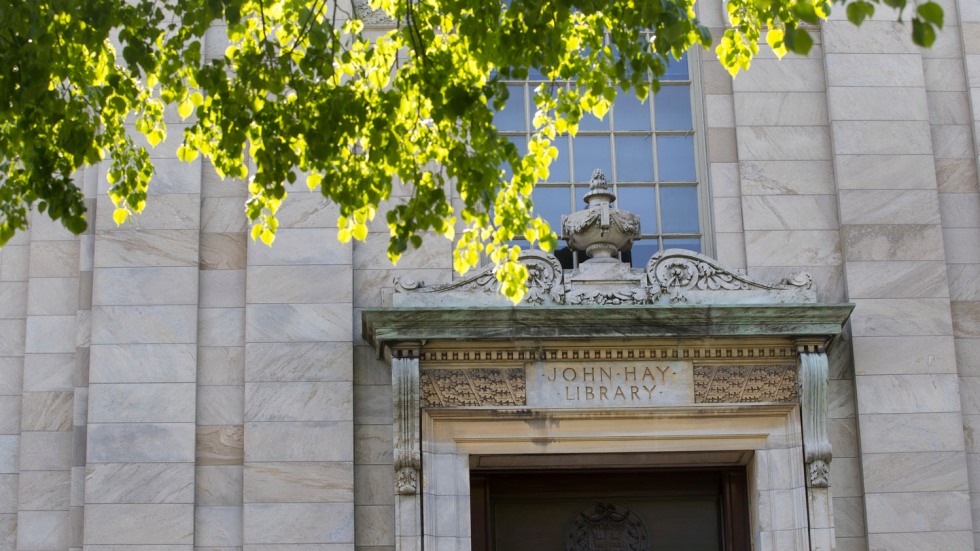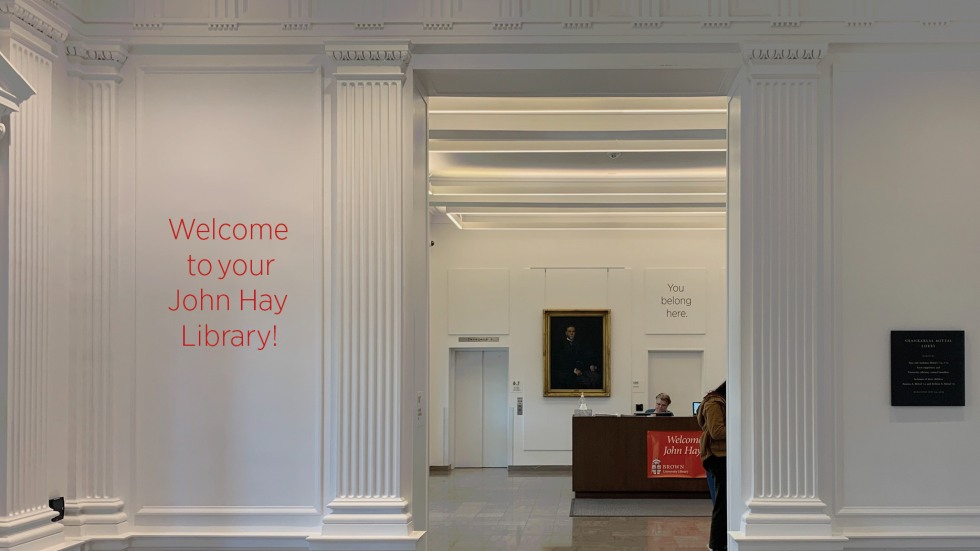PROVIDENCE, R.I. [Brown University] — Whose stories are worth preserving?
That’s a question curators at Brown University’s John Hay Library have pondered since 1912, when they first began building a special collections archive — a repository of documents, art and artifacts that capture moments and lives throughout human history.
In recent years, staff at the Hay Library — today the gateway for special collections and archives at Brown — began to ponder that question anew, as they wondered what important stories the University collections might be leaving out.
“The Hay has absolutely incredible collections that have been built very thoughtfully over many decades,” said Amanda Strauss, associate University librarian for special collections. “But curators were always collecting for the Brown University of the time. Guided by its strategic plan and its Diversity and Inclusion Action Plan, Brown has transformed as an institution in the last decade, and the Hay should transform along with it.”
To determine the future direction of special collections at Brown, Strauss and her colleagues spent months engaged in conversation with Brown faculty, staff and students and with experts in their field. The result is a revised Library collection policy, finalized in Spring 2021, that establishes six new core collecting directions, outlines guidelines for sustainable collecting practices, and creates new avenues for collecting and archiving in partnership with organizations in the surrounding Rhode Island community.
“The John Hay Library is a rich trove of amazing materials built up over generations, but the collection as a whole lacked definition,” said University Librarian Joseph Meisel. “We needed to determine the areas where the library’s resources could have the greatest impact on studying important scholarly questions. Amanda and the curatorial team took up this challenge with tremendous passion and professionalism. Their work lays a new foundation for the Hay Library as a center of research excellence and academic distinction at Brown.”
Strauss said the new policy simultaneously builds on the existing collection’s strengths, responds to changing demand among an increasingly diverse student body and faculty, and diversifies the personal and community stories the collection tells.
“In the future, when scholars reckon with today’s global issues and events, they will turn to libraries and archives,” Strauss said. “It matters in a fundamental way which stories we choose to preserve. If we leave out certain communities’ voices, future generations of scholars might leave them out, too.”

